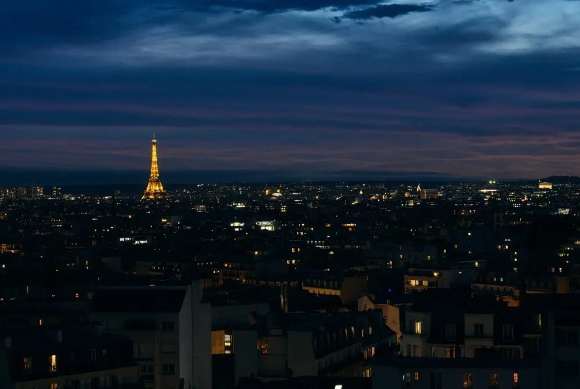The Eiffel Tower was closed on Wednesday, the 100th anniversary of its creator’s death, due to industrial action, the company that manages the tower, Societe d’Exploitation de la Tour Eiffel (SETE), said on its website.
Adding that staff members wanted to call out the current financial management of SETE, the CGT union said in a statement:
“A symbolic action on a symbolic date.”
They say they fear that poor decisions could lead to funding shortfalls, partly due to a lack of visitors during the COVID-19 pandemic, and costly repairs to the historic building.
The statement adds that if the city does not review its management, the tower could be closed during the 2024 Paris Olympics.
The Confédération générale du travail, the union representing workers at the tower, did not respond to a request for comment, but was quoted by the BBC saying that the tower’s operators were “heading for disaster,” and called its economic plans “overambitious and untenable” because they underestimated the costs of its maintenance and renovation.
On Wednesday, the esplanade at the foot of the tower was still open to the public. A DJ-led light and sound show featuring art music and dance, which was to be broadcast from the tower’s first floor as well as on social media and television to mark the centenary of Eiffel’s death on Wednesday night, was pre-recorded and unaffected by the strike, SETE said.
The Eiffel Tower was also closed in March, as were many other sites including the Louvre, as a result of sweeping labor protests over a law raising the retirement age to 64 from 62.
Gustave Eiffel was 91 years old when he died on 27 December 1923. A far-sighted entrepreneur and brilliant structural engineer, he had just completed the iron and steel framework for the Statue of Liberty in New York with Eugène Viollet-le-Duc, of Notre Dame Cathedral spire fame, when he was asked to create a symbol of French industrial ingenuity for the 1889 World’s Fair.
The 10,100 tonne iron tower he created was intended as a temporary structure to be demolished and scrapped in 1909. Some, including writers Guy de Maupassant and Alexandre Dumas Jr, couldn’t wait for it to be removed, calling it “useless and monstrous” and offensive to “French taste” even before the foundations were laid.
City officials decided to spare what became known as the Dame de Fer (“Iron Lady”) after realising that the tower, which at the time was the tallest building in the world, could be used as a radio telegraph and weather station. It has since become the French capital’s most famous landmark, towering 312 metres (1,023 feet) above the city. Next month, the top floor of the tower will be closed for annual renovations that will last several weeks.
